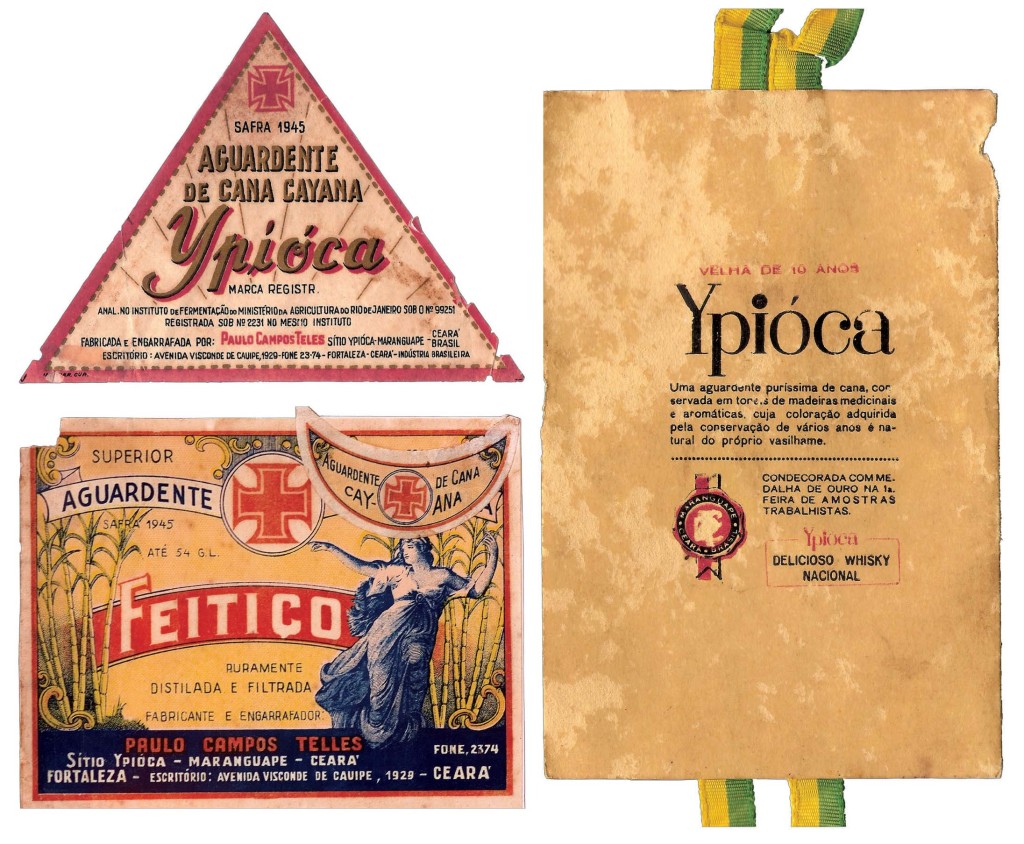Originally posted 24 April 2012
In the book I mention a bit about rum in the British and American navies. Though the elaborate ceremonies aboard British ships inspired the most famous images of grog consumption, rum rations were common in other navies as well. This picture from the 1890’s shows Czarist Russian sailors gathered around the rum pot. If anyone who views this image can read Russian and can make out the Cyrillic characters on the sailors’ hats, I’d be interested to now what ship this is.
Rum was also dispensed in the German navy as late as the Second World War. In his book “Without Hindsight,” German naval ensign Gerhard Both recorded a 1944 incident in which a sailor nicknamed Pongo earned the disapproval of his crewmates.
“The standard drink for any festivities on board for the rank and file was tea with rum, which was collected from the galley by means of very large teapots. On one such occasion, at an advanced stage of the party, it was Pongo’s turn to collect another pot full of tea with rum. Even today I can still visualize his return with a well-filled pot, but instead of setting it quietly on the table he started dancing around with it in the middle of the deck in crazy circles, and the tea/rum poured out of the spout and all over the deck. It took four or five men to stop this crazy carousel.”
The picture of the Russian sailors is courtesy of ThePiratesLair.com, which has an extraordinary collection of naval rum memorabilia. Among the pages here is a very well photographed article on naval rum cups, including information on how to detect counterfeits. If you never knew these existed, much less that people are counterfeiting them, there is much to see there.





